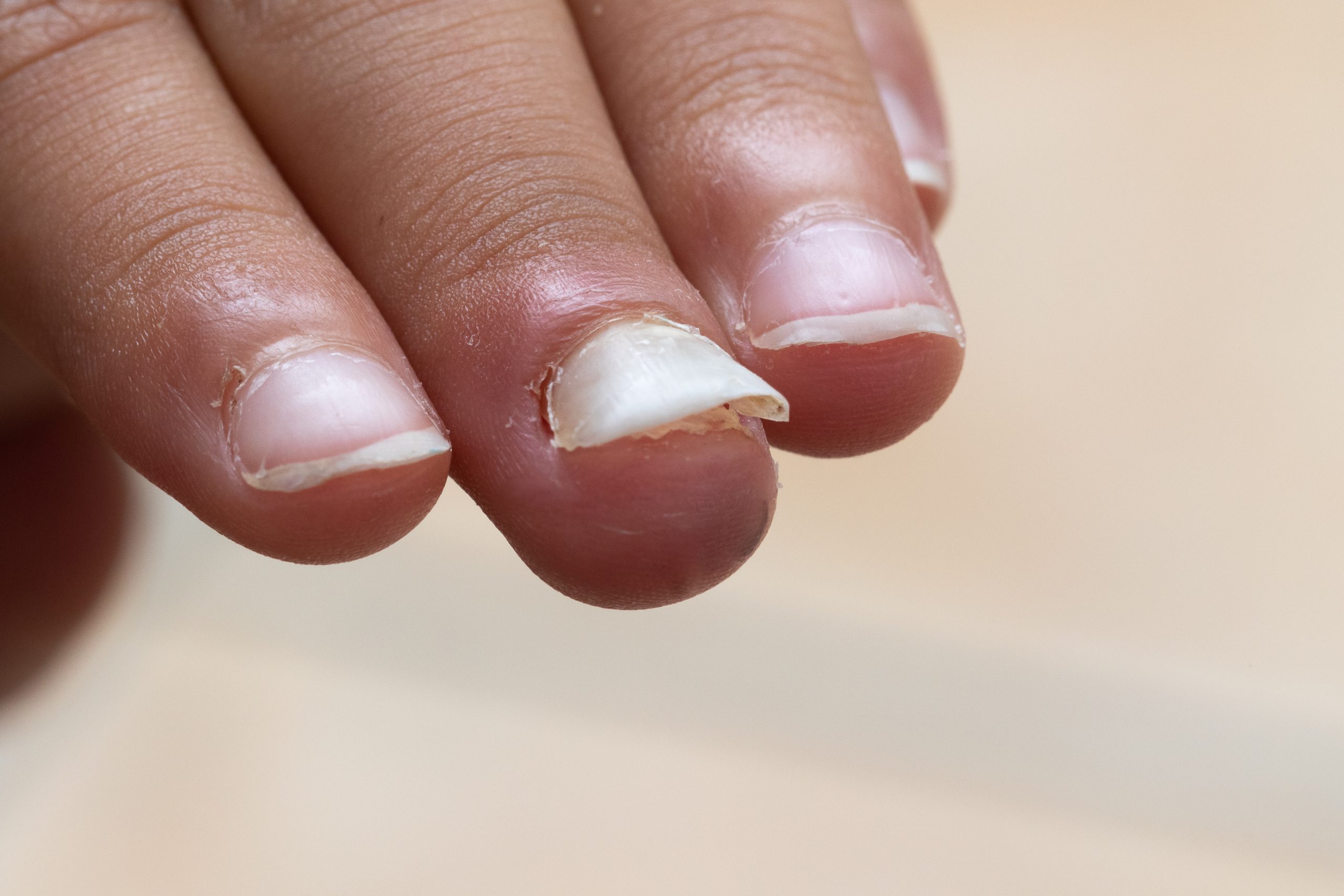
Beautiful, healthy nails can enhance your overall appearance, but treating a nail fungus can be a challenging and often frustrating experience. In HEALTH AND SKINCARE / SOMATOLOGY / BEAUTY AND NAILS / HAIR AND BEAUTY / COSMETOLOGY / PROFESSIONAL MAKE-UP ARTISTRY it is important to know how to identify a nail fungus and discuss effective treatment options to regain healthy and happy nails.
Nail fungus, also known as onychomycosis, is a common condition caused by a fungal infection. It can affect both fingernails and toenails, leading to discolouration, thickening, and brittleness. Here are some key signs to help you identify a nail fungus:
- Discolouration: Infected nails often display yellow, brown, or white discolouration. In some cases, the nail may even appear green or black.
- Thickening: Fungal infections can cause nails to become thicker and more brittle. You may notice changes in the nail’s texture and an overall distortion of its shape.
- Change in Shape: Infected nails may warp or become irregular over time.
- Unpleasant Odour: In some instances, a nail fungus can produce a noticeable and unpleasant odour.
- Separation from the Nail Bed: As the infection progresses, the nail plate may separate from the nail bed, creating a gap.
Treatment Options:
If you suspect a nail fungus, it’s crucial to address it promptly to prevent further complications. Here are some effective treatment options:
- Over-the-Counter Antifungal Medications: Topical antifungal creams, ointments, and nail polish are available over the counter can be effective in treating mild to moderate cases of nail fungus. Follow the product instructions carefully for optimal results.
- Prescription Medications: For more severe cases, your healthcare provider may prescribe oral antifungal medications. These medications are typically taken for several weeks and may have side effects, so it’s essential to consult with a doctor.
- Antifungal Nail Polishes: Specialised antifungal nail polishes can be applied directly to the infected nails. These products often contain powerful antifungal agents that can penetrate the nail.
- Natural Remedies: Some individuals prefer natural remedies like tea tree oil, vinegar, or coconut oil. While these remedies may show some benefits, their effectiveness varies, and it’s advisable to consult with a doctor before relying solely on natural treatments.
- Maintain Good Foot and Nail Hygiene: Practicing good hygiene is essential in preventing and treating nail fungus. Keep your nails clean, dry, and well-trimmed. Avoid sharing personal items like nail clippers and socks to prevent the spread of the infection.
- Seek Professional Help: If your nail fungus persists or worsens, it is crucial to consult with a doctor or a dermatologist. They can provide a precise diagnosis and recommend appropriate treatments tailored to your specific situation.
In HEALTH AND SKINCARE / SOMATOLOGY / BEAUTY AND NAILS / HAIR AND BEAUTY / COSMETOLOGY / PROFESSIONAL MAKE-UP ARTISTRY Identifying and treating a nail fungus requires diligence and patience. Early intervention and a combination of over the counter or prescription medications, good hygiene practices, and, if necessary, professional guidance can help you overcome this common condition.
